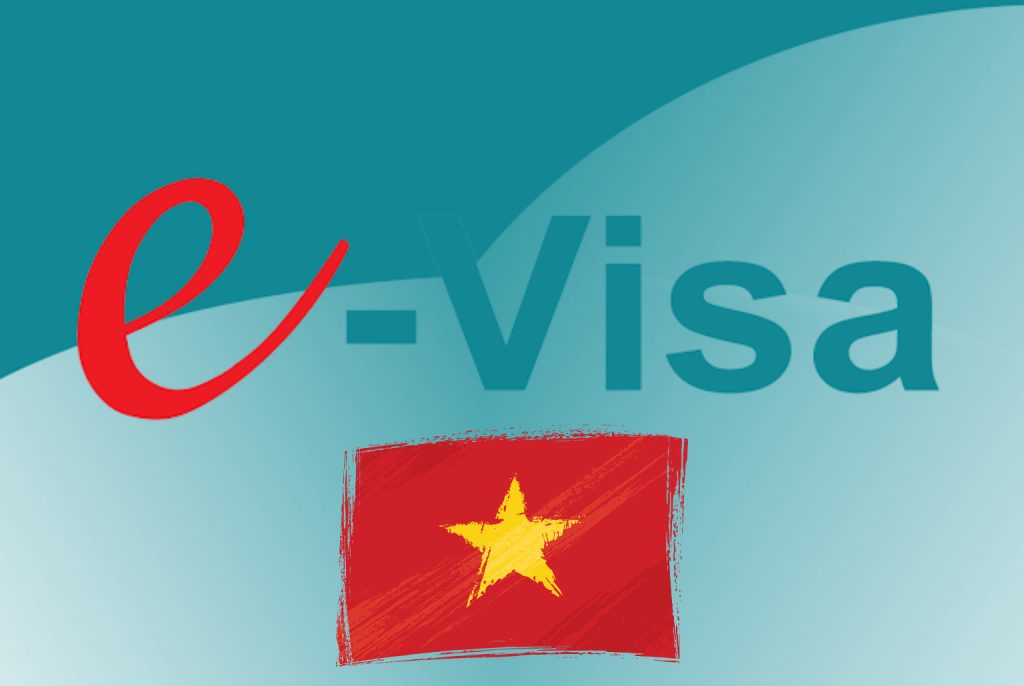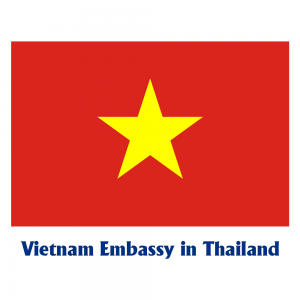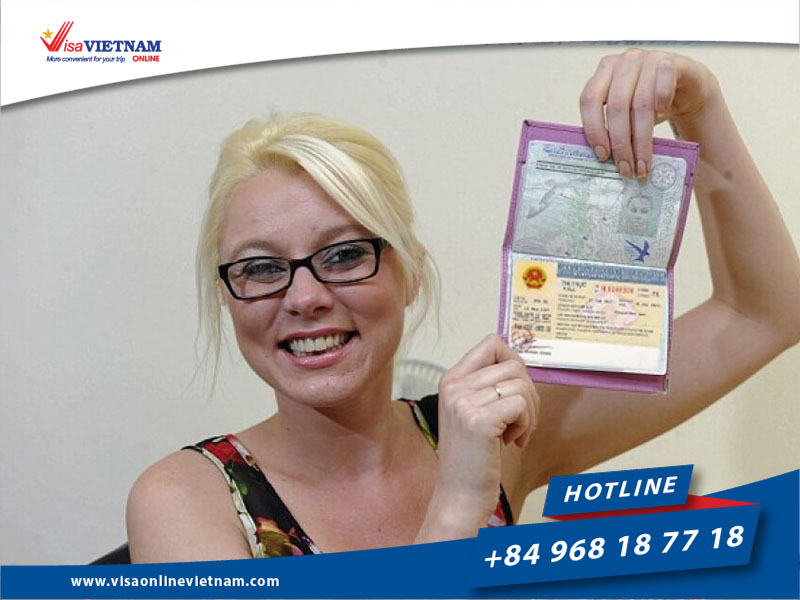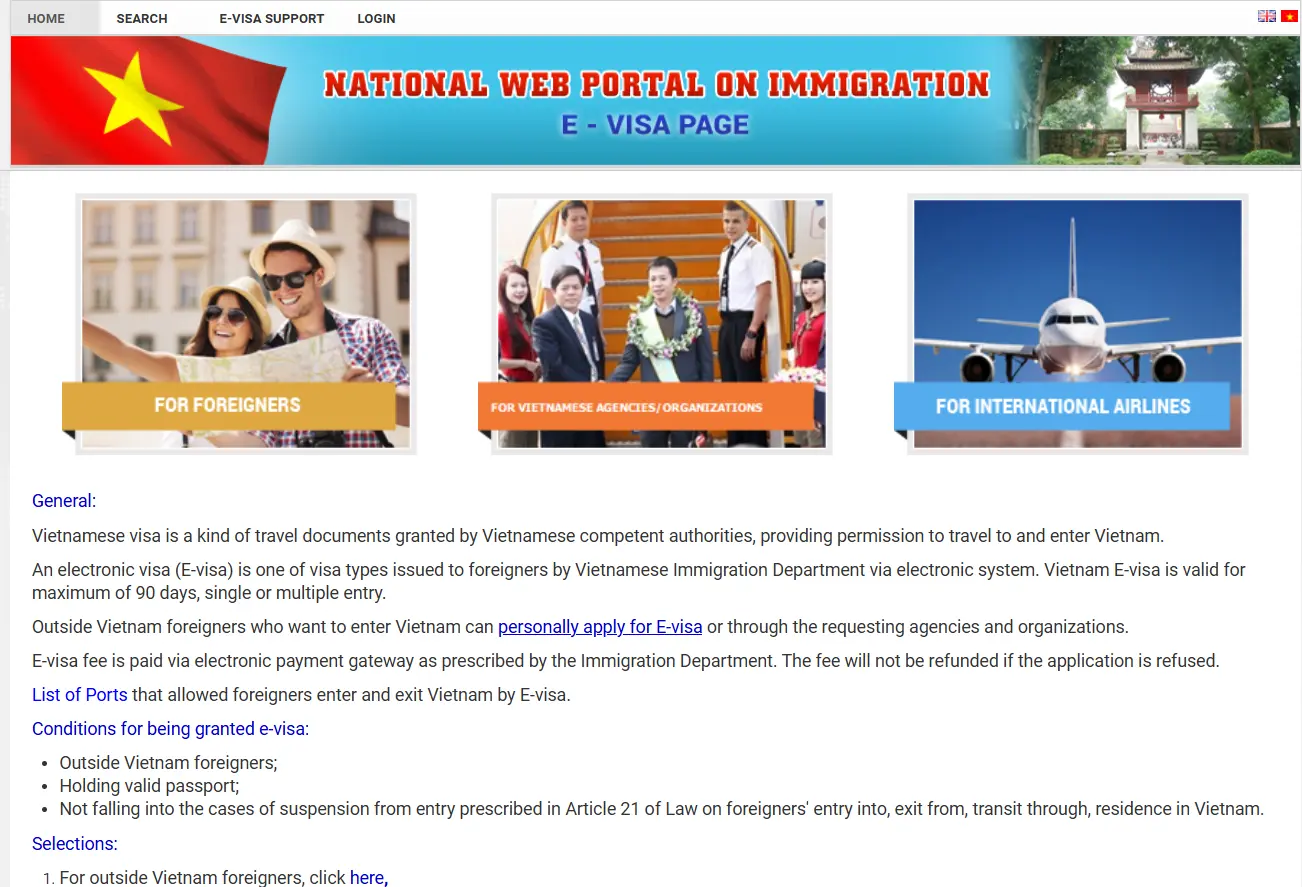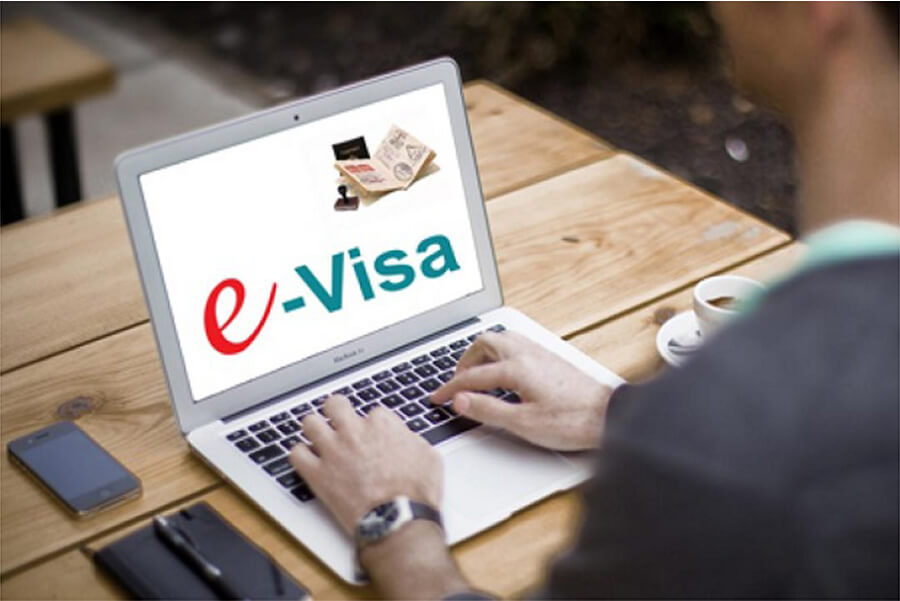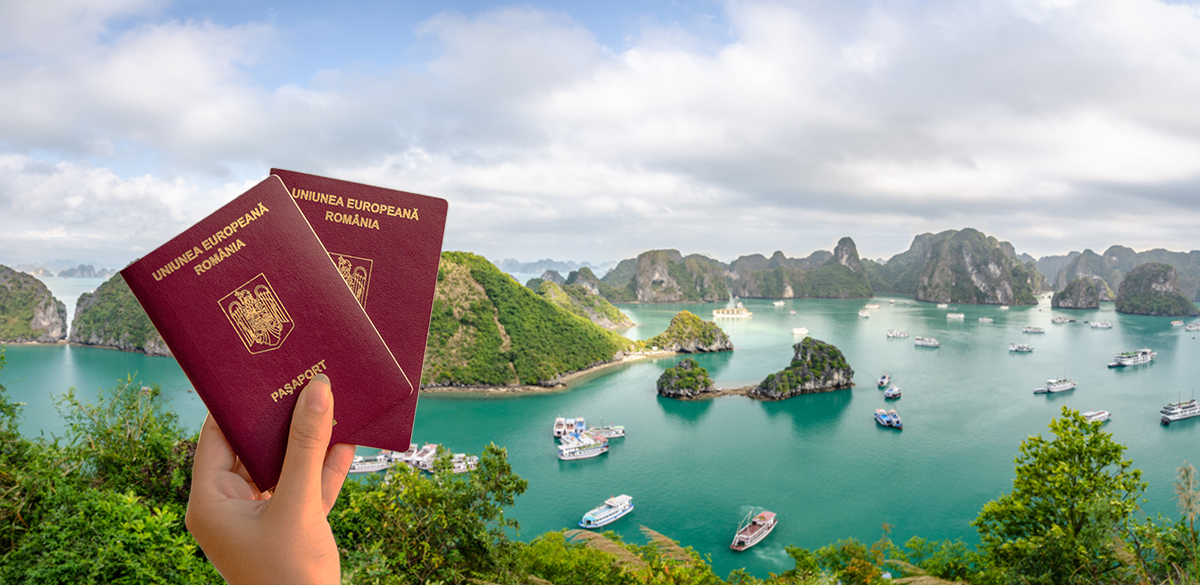What is a Vietnam E-Visa?
A Vietnam E-visa, or electronic visa, is an official travel document issued by the Vietnamese government that allows citizens of eligible countries to enter, stay, and exit Vietnam for tourism or business purposes. Unlike traditional visas obtained through embassies or consulates, the E-visa is applied for and granted entirely online, eliminating the need for in-person visits or extensive paperwork.
The Vietnam E-visa is a digital document that is sent to the applicant’s email address upon approval. It contains all the necessary information, including the holder’s personal details, visa validity period, and entry conditions. This electronic visa can be presented at the designated immigration checkpoints in Vietnam, along with a valid passport, for entry into the country.
Benefits of applying for a Vietnam E-visa
The Vietnam E-visa offers several advantages that make it an attractive option for travelers:
- Convenience: The online application process eliminates the need to visit an embassy or consulate, saving valuable time and effort. Travelers can apply for their visa from the comfort of their homes or offices, making the process more accessible and flexible.
- Speed: The processing time for E-visa applications is typically much faster than traditional visa applications. In most cases, the E-visa is granted within a few business days, allowing travelers to plan their trips more efficiently and with greater certainty.
- Affordability: Compared to traditional visa application fees, the cost of obtaining a Vietnam E-visa is generally more affordable, making it a budget-friendly option for travelers.
- Easy Access: The E-visa program opens up Vietnam to a wider range of travelers, particularly those who find it challenging to visit an embassy or consulate due to geographical or logistical constraints.
Eligibility for Vietnam E-visa
Nationalities eligible for a Vietnam E-visa
The Vietnam E-visa program is open to citizens of numerous countries around the world. However, it’s important to note that the list of eligible nationalities is subject to change, and travelers should always check the official website of the Vietnamese Immigration Department for the most up-to-date information.
Currently, citizens of countries such as the United States, Canada, Australia, New Zealand, and many European nations are eligible to apply for a Vietnam E-visa. It’s worth mentioning that the list is continually expanding, making the E-visa option increasingly accessible to more travelers.
Requirements for applying for a Vietnam E-visa
To be eligible for a Vietnam E-visa, applicants must meet the following requirements:
- Valid Passport: You must hold a passport that is valid for at least six months from your intended date of departure from Vietnam.
- Entry and Exit Points: You must plan to enter and exit Vietnam through one of the designated international airports or border crossings listed on the E-visa website.
- Purpose of Visit: The E-visa is primarily intended for tourism and business purposes. It is not valid for employment, study, or other activities that require a different visa type.
- Health and Insurance: Depending on the specific requirements at the time of travel, you may be asked to provide proof of health insurance and a certificate of vaccination against certain diseases at the port of entry.
It’s essential to carefully review and comply with the latest regulations and requirements to ensure a smooth and hassle-free entry into Vietnam.
How to Apply for a Vietnam E-Visa?
To apply for a Vietnam e-visa, follow these steps:
- Visit the official website of the Vietnam Immigration Department or a reliable third-party visa service provider.
- Fill in the online application form with your personal information, passport details, and travel itinerary.
- Upload a passport-size photo (white background) and a scanned copy of your passport’s biographic page.
- Pay the visa fee online using a credit/debit card.
- Wait for the e-visa to be processed and delivered to your email within 3 working days.
Vietnam eVisa Country List
Effective August 15, 2023, the Vietnam visa is available to citizens of all countries and territories who wish to stay in Vietnam for up to 90 days. This opening of eVisa eligibility was announced in Resolution No. 127/NQ-CP dated August 14, 2023. Vietnam welcomes travelers from around the world to experience its culture, landscapes, and history.
Vietnam eVisa Requirements
Before applying for a Vietnam eVisa, ensure that you meet the following requirements:
- Passport: Your passport must be valid for at least 6 months beyond your arrival date in Vietnam. Additionally, it should have at least two blank pages for visa stamping.
- Photo: Prepare a soft copy of a recent passport-size photo that meets the Vietnam visa photo requirements.
- Personal Data Page: Have soft copies of your passport’s personal data page. It should be clear and show all the necessary information.
- Entry Port: Determine the exact port of entry where you plan to enter Vietnam.
- Payment Method: You will need a credit/debit card to make the online payment for the eVisa fee. Please note that American Express cards are not accepted.
It is essential to double-check all your information and documents before submitting your application to avoid delays or rejection.
Vietnam E-Visa Processing Time
The Vietnam e-visa processing time is normally 3 working days. This means that if you apply for a Vietnam e-visa on a Monday, you can expect to receive it by the end of the week. However, there are a few factors that can affect the processing time, such as:
- The number of applications that the Vietnam Immigration Department is currently processing
- Public holidays in Vietnam
- Errors or missing information on your application form
If you are applying for a Vietnam e-visa during a busy period, or if you make any mistakes on your application form, it may take longer for your visa to be processed. It is therefore recommended that you apply for your Vietnam e-visa at least 1-2 weeks before your departure date.
How to check the status of your Vietnam e-visa application
Once you have submitted your Vietnam e-visa application, you can check its status online using the Vietnam Immigration Department’s website. To do this, you will need to enter your registration code and passport number.
If your visa has been approved, you will be able to download and print it out. You should present your printed e-visa at the airport when you arrive in Vietnam.
Tips for getting your Vietnam e-visa processed quickly
- Make sure to complete your application form carefully and accurately.
- Upload a clear and recent passport photo.
- Pay your visa fee promptly.
- If you are applying during a busy period, or if you have any questions or concerns, contact the Vietnam Immigration Department for assistance.

Vietnam E-Visa Processing Time
In some cases, travelers may need their E-Visa urgently due to unforeseen circumstances or last-minute travel plans. In such cases, they can apply for an urgent processing service, which can expedite the processing time to as little as 1 to 2 business days. However, this service is available only for certain nationalities, and travelers need to pay an additional fee for this service.
In conclusion, the processing time for Vietnam E-Visa can vary depending on several factors, but generally, it takes 3 to 5 business days. To ensure a hassle-free application process, travelers should apply for their visa well in advance and ensure that all the information provided in the application form is accurate and complete. For urgent cases, travelers can opt for an urgent processing service, which can expedite the processing time to as little as 1 to 2 business days.
Vietnam E-Visa Cost
The Vietnam eVisa fee depends on the type of entry and whether it is a single or multiple-entry visa. The fees are as follows:
- Single entry eVisa: $25 USD
- Multiple entry eVisa: $50 USD
Please note that these fees are non-refundable, even if your application is refused or if any incorrect details are provided by you in the application form.
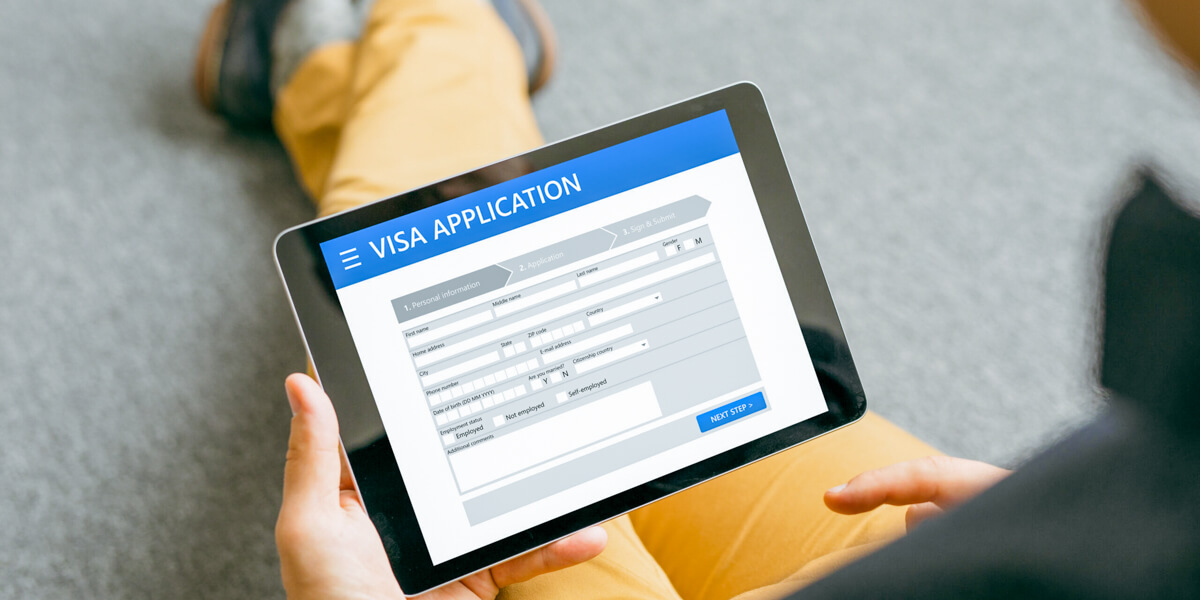
Vietnam eVisa Application Steps
To obtain your Vietnam eVisa, follow these three simple steps:
Step 1: Complete the Vietnam eVisa Application Form Online
- Access the official Vietnam eVisa website and select the English language option. Fill out the application form with the required information, which includes personal details, passport information, contact information, occupation details, and trip information. Verify all the information before proceeding. Upon completion, you will receive a registration code, which will also be sent to your registered email address.
Step 2: Make Payment for the eVisa Fee
- Using a credit/debit card, make the online payment for the eVisa fee. Please note that American Express cards are not accepted.
Step 3: Check Status and Download Your eVisa
- After approximately 3 working days, check the status of your Vietnam eVisa application using the provided links. If your visa application is approved, you can download your eVisa letter by clicking on the green arrow next to “Print Visa.” Save the downloaded document for reference during your travel to Vietnam.
Vietnam E-Visa Extension
Vietnam e-visas are valid for a maximum of 90 days, single or multiple entry. This means that travelers who apply for their visa from August 15, 2023 onwards can stay in Vietnam for up to 3 months, avoiding the need for a visa renewal. The changes to the e-visa also include changing to a multiple-entry visa. Holders can enter and leave Vietnam multiple times using the same visa.
Can I extend my Vietnam e-visa?
No, Vietnam e-visas cannot be extended. If you need to stay in Vietnam longer than the 90 days allowed on your e-visa, you will need to leave the country and re-enter with a new e-visa or another type of visa.
How to extend your stay in Vietnam
There are two main ways to extend your stay in Vietnam:
- Apply for a visa extension at a Vietnamese immigration office: This can be a time-consuming and expensive process, and there is no guarantee that your extension will be granted.
- Leave the country and re-enter with a new e-visa or another type of visa: This is the most common way to extend your stay in Vietnam, as it is relatively quick and easy to do.
Visa extension
To apply for a visa extension, you will need to go to a Vietnamese immigration office and submit the following documents:
- Your passport
- Your e-visa
- A completed visa extension application form
- Two passport-sized photos
- A fee
The fee for a visa extension varies depending on the length of extension you are requesting. You can find more information about visa extensions on the website of the Vietnamese Immigration Department.
Vietnam Visa run
To do a visa run, you will need to leave Vietnam and then re-enter with a new e-visa or another type of visa. There are a number of different countries that are popular for visa runs, such as Cambodia, Laos, and Thailand.
If you are doing a visa run, it is important to check the visa requirements for the country you are visiting to make sure that you have the correct visa. You should also check the validity of your passport and make sure that it has at least 6 months of validity remaining.
Which option is best for you?
The best option for you will depend on your individual circumstances. If you have the time and money, you can apply for a visa extension. However, if you are short on time or money, it may be easier to do a visa run.
It is important to note that the visa requirements for Vietnam can change at any time, so it is always best to check the website of the Vietnamese Immigration Department before you travel.
Vietnam E-Visa Multiple Entry
A Vietnam E-Visa Multiple Entry is a type of electronic visa that allows foreign nationals to enter and exit Vietnam multiple times within a specified period of time. The current validity period for a Vietnam E-Visa Multiple Entry is 90 days, and it can be obtained online through the official Vietnam E-Visa portal.
Vietnam E-Visas Multiple Entry are available to citizens of all countries and territories, and the application process is relatively straightforward. To apply, travelers will need to provide their personal information, passport details, and a digital photo. They will also need to pay a visa processing fee, which can be done using a credit or debit card.
Once an application is submitted, it is typically processed within 3 business days. If the application is approved, the traveler will receive an electronic visa waiver in their email. This waiver must be printed out and presented to immigration officials upon arrival in Vietnam.
Vietnam E-Visas Multiple Entry are ideal for travelers who plan to visit Vietnam multiple times within a 90-day period. This could include frequent business travelers, backpackers touring Southeast Asia, or expats who need to leave and re-enter Vietnam regularly.
Here are some of the benefits of having a Vietnam E-Visa Multiple Entry:
- Convenience: You can apply for a Vietnam E-Visa Multiple Entry online, from anywhere in the world. There is no need to visit a Vietnamese embassy or consulate.
- Flexibility: A Vietnam E-Visa Multiple Entry allows you to enter and exit Vietnam multiple times within a 90-day period. This gives you the flexibility to travel at your own pace and explore the country at your leisure.
- Affordability: Vietnam E-Visas are relatively affordable, especially when compared to other types of visas.
If you are planning to visit Vietnam multiple times within a 90-day period, I recommend applying for a Vietnam E-Visa Multiple Entry. It is a convenient, flexible, and affordable way to obtain a visa for Vietnam.
Vietnam E-Visa Status Check
To check the status of your Vietnam e-visa, visit the official website of the Vietnam Immigration Department and enter your application reference code and passport number. You can also contact the support team via email or phone for assistance with any visa-related issues.
Vietnam Evisa FAQs
1. Who is eligible for a Vietnam eVisa?
Citizens of most countries are eligible for a Vietnam eVisa. You can check the list of eligible countries on the official Vietnam eVisa website.
2. How do I apply for a Vietnam eVisa?
To apply for a Vietnam eVisa, you will need to create an account on the official Vietnam eVisa website and fill out an online application form. You will also need to provide a passport photo and pay the eVisa fee.
3. How much does a Vietnam eVisa cost?
The Vietnam eVisa fee varies depending on your nationality. You can check the eVisa fee for your nationality on the official Vietnam eVisa website.
4. How long does it take to process a Vietnam eVisa?
Most Vietnam eVisas are processed within 3-5 business days. However, it is important to apply for your eVisa at least 2 weeks before your departure date to avoid any delays.
5. How long is a Vietnam eVisa valid for?
A Vietnam eVisa is valid for 90 days from the date of issue and allows for multiple entries.
6. What are the requirements for entering Vietnam with an eVisa?
To enter Vietnam with an eVisa, you must have a valid passport and a printed copy of your eVisa approval letter. You must also have proof of travel insurance with a minimum coverage of USD 10,000.
7. Can I extend my Vietnam eVisa?
No, you cannot extend your Vietnam eVisa. If you need to stay in Vietnam for longer than 90 days, you will need to apply for a visa extension at a Vietnamese immigration office.
8. What should I do if my Vietnam eVisa application is rejected?
If your Vietnam eVisa application is rejected, you will need to contact the Vietnam Immigration Department to find out the reason for the rejection. You may be able to reapply for an eVisa after correcting the errors in your application.
9. What should I do if I lose my Vietnam eVisa approval letter?
If you lose your Vietnam eVisa approval letter, you can print another copy from the official Vietnam eVisa website.
Tips for Emergency Vietnam E-visa
- Apply as early as possible. The sooner you apply, the more likely you are to get your visa in time. Emergency visas can be processed within 24 hours, but it’s best to give yourself as much time as possible.
- Choose the expedited processing option. When you apply for your e-visa, you will have the option to choose expedited processing. This will cost extra, but it will significantly reduce the processing time.
- Have all of your required documents ready. When you apply for your e-visa, you will need to upload a scan of your passport, a passport-sized photo, and a letter of explanation. Make sure that all of your documents are clear and legible.
- Double-check your application before submitting it. Make sure that all of your information is accurate and that you have uploaded all of the required documents. Any mistakes in your application could cause delays.
- Use a reputable visa agency. If you are unsure about the application process, you can use a reputable visa agency to help you. Visa agencies can also help you to expedite your application if needed.
Here are some additional tips that may help you to get your emergency Vietnam e-visa in 2023:
- Avoid applying on weekends or holidays. The Vietnam Immigration Department is closed on weekends and holidays, so your application will not be processed during these times.
- Contact the Vietnam Immigration Department directly if you have any questions or concerns. The Vietnam Immigration Department has a dedicated hotline for emergency visa applications.
- Be prepared to pay additional fees for emergency visa processing. Emergency visa processing typically costs more than regular visa processing.
Additional note: It is important to note that emergency e-visas are only issued for urgent reasons, such as a medical emergency or a death in the family. If you are applying for an emergency e-visa, you will need to provide documentation to support your claim.

